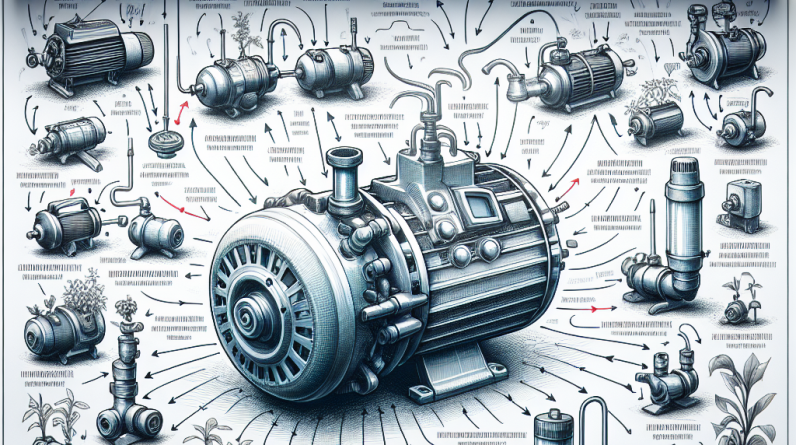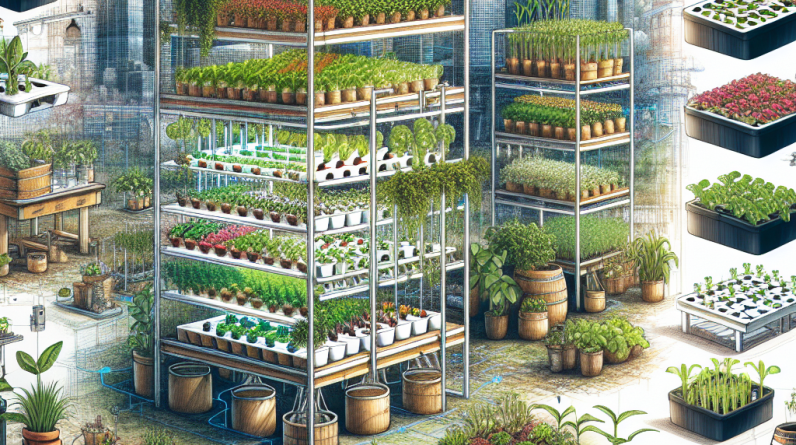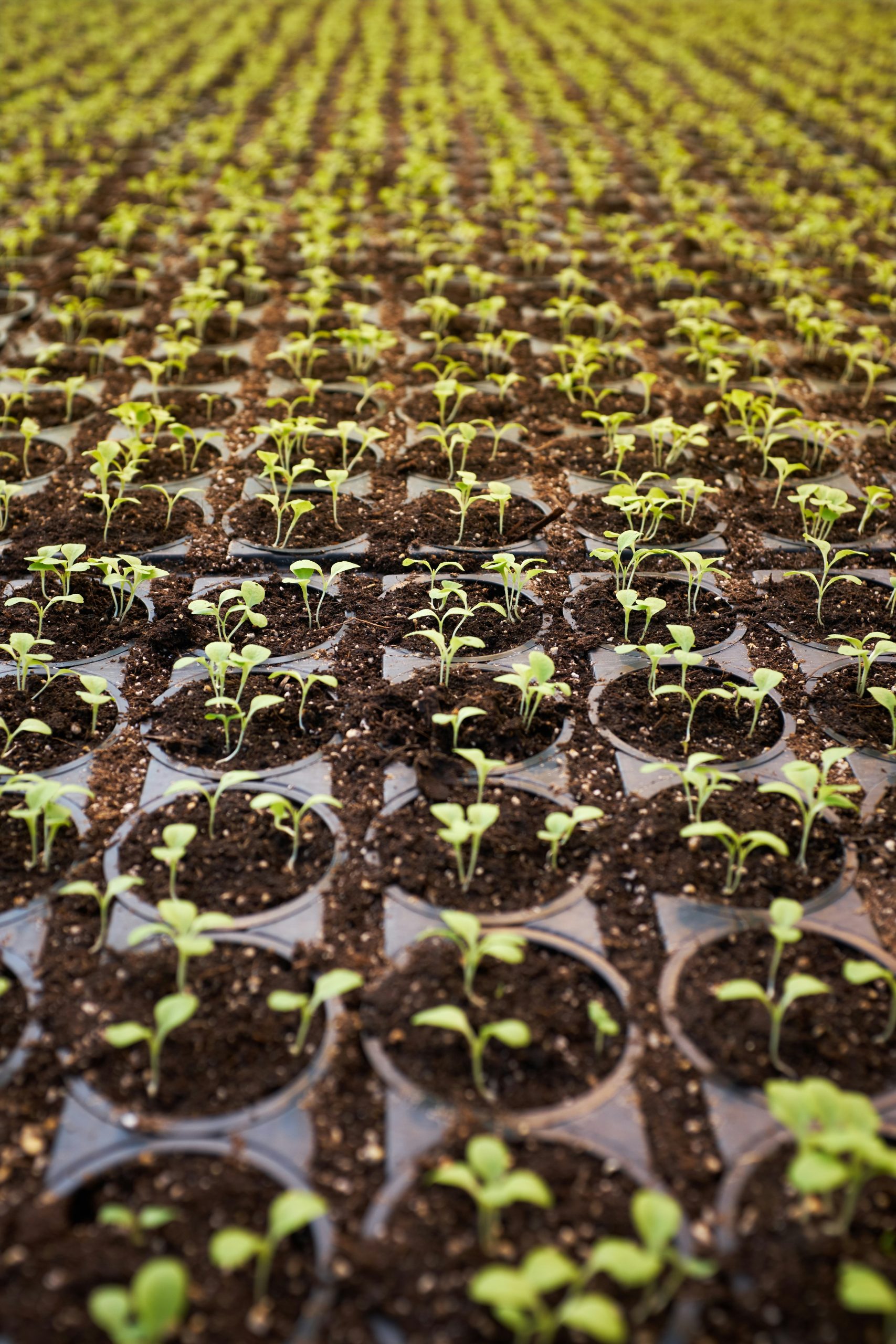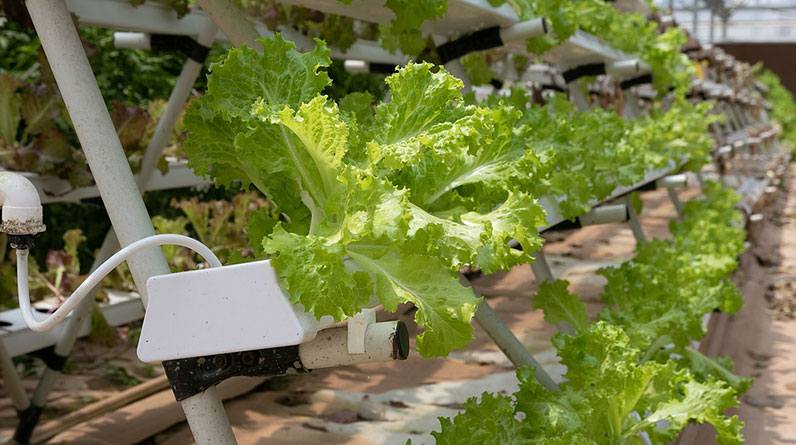
When I first ventured into the world of hydroponics, one of the most pivotal decisions I had to make was choosing the right pump for my setup. It might seem like a small detail, but trust me, the pump is the heart of your hydroponic system. That said, let’s dive into the essential areas you should consider when selecting the best hydroponic pump!
1. Understand Your System Requirements
Know Your Hydroponic Type
Before you even think about pumps, it’s crucial to get a handle on your hydroponic system type. Are you going for NFT (Nutrient Film Technique), DWC (Deep Water Culture), or maybe Ebb and Flow? Each system demands different pumping capabilities, and understanding this can save you a headache down the line. For example, NFT requires a continuous flow while DWC might need a different approach.
Getting familiar with your system’s needs helps you determine the flow rate and pressure required from your pump. You don’t want a pump that’s too weak or too strong; it’s all about striking that balance!
Always check your specific system guidelines. There may be recommendations that not only specify the pump type but also features that you’ll find beneficial. Make a note of these so you’ll be prepared.
Calculate Nutrient Delivery Needs
Next up on the checklist is calculating how often and how much nutrient solution your plants need. This is particularly important in a system with multiple plants, as they’ll have different requirements based on their species and growth stage. Understanding these needs will guide you toward a pump that can support your specific requirements.
Take the time to do the math—if you have, say, 5 plants that each require a certain volume of water per day, you need a pump that can deliver that efficiently. You don’t want to be caught scrambling half-way through your growing cycle!
This part might feel a bit tedious, but trust me, it’s worth it. Having a clear picture here helps you avoid over or under watering, which can lead to all sorts of plant drama.
Evaluate Your Setup Size
The size of your hydroponic setup significantly influences the type of pump you’ll need. Are you working with a small countertop system or a large-scale garden? Bigger systems will require more robust pumps capable of moving larger volumes of water.
In my experience, I’ve seen many newcomers underestimate the necessity of ramping up their pumps for larger systems. If your pump can’t keep up, you’re looking at potential plant issues. It’s super important to visually assess the area and understand the distances you’re dealing with.
Take a sketch of your setup, noting the distances the water will travel. This can help you determine not only the power needed from the pump but also the type of pump that will fit comfortably in your space.
2. Evaluate Pump Type
Submersible vs. Inline Pumps
Choosing between a submersible and an inline pump can feel like a big decision. From my experience, submersible pumps are usually more affordable and quieter, making them a great option for beginners. They sit directly in the reservoir, pumping the water from there.
On the flip side, inline pumps are installed outside of the reservoir. They tend to be a bit pricier and are often louder but can handle larger capacities and greater distances. This is a must-have consideration for larger setups where you’ll need the extra power.
Ultimately, your choice will reflect your system’s needs, installation ease, and budget. I remember weighing the pros and cons for ages—go with what fits your lifestyle best!
Pump Material and Durability
Don’t overlook the materials your pump is made from! Many pumps are made of plastic, which can be economical but may wear out faster. In contrast, stainless steel pumps might be a better investment for longevity. My first pump was a budget model, and boy did I regret it when it started breaking down after only a few months.
Additionally, consider the pump’s resistance to corrosion—trust me; you don’t want to deal with a pump that rusts over time. Think of it as an investment; putting a bit more in initially can save you from unexpected replacements.
Before making a purchase, read product reviews. There’s a wealth of information provided by fellow gardeners that can guide you toward pumps with better durability.
Flow Rate and Power Consumption
Understanding the flow rate of your pump is crucial. A pump’s flow rate indicates how many gallons per hour it can deliver. From my experience, this factor directly correlates with how your plants will thrive. A pump that’s too weak for your system won’t deliver sufficient nutrients.
Power consumption also plays a big role. Look for pumps that are energy efficient to save on those power bills, especially if you plan to run it continuously. Be sure to check labels or specs while you shop, and don’t hesitate to ask your local garden center for options.
Over time, I’ve managed to find pumps that serve my needs without breaking the bank on energy costs, and you can too!
3. Consider Noise and Vibration Levels
Understanding Pump Noise
If you’re setting up your hydroponic system in a home or small space, trust me when I say that noise matters. Some pumps can be quite noisy, which can be disruptive, especially during quiet hours when you’re trying to relax or work.
I’ve had my fair share of noisy equipment, and it can really be a pain. Submersible pumps tend to be quieter, while inline pumps can buzz and whirr quite a bit. It’s worth checking reviews or asking around to see how loud a pump truly is before buying.
Remember, you want your plants to thrive, but you also want to keep your sanity intact!
Vibrations Impacting Setup
Vibration can also play havoc, especially if your pump is placed on a shaky surface. This can potentially impact your plants’ root systems if installed incorrectly. I once had a pump that vibrated a lot and ended up shifting my whole setup around—it was chaos!
Most pumps will let you know what to expect in terms of vibration levels. You often can find dampers or anti-vibration mats to help mitigate this if you do run into issues—or simply choose a less-vibrant pump to begin with.
Always be prepared with placement in mind; I usually try to keep pumps in areas where they can comfortably sit without disturbances.
Location of Your Pump
The location of your pump can significantly affect both noise and vibrations. If possible, try to place it somewhere isolated from your living areas. I had a buddy who thought he’d tuck his pump away in his closet, but boy did he end up with a surprise when it kicked on!
Selecting the right spot not only helps reduce noise but can also make maintenance easier. Some setups require regular checking or cleaning, and having your pump easily accessible means less hassle!
Plan before you place—sketch out your setup so you know where everything should go, including your pump.
4. Maintenance and Replacement Considerations
Ease of Maintenance
Regular maintenance can help extend the lifespan of your pump greatly. Look for pumps that are designed for easy cleaning, as you will need to drain them out and check for any clogs or issues periodically. I’ve made the mistake of buying a hard-to-maintain pump, and it just caused me a ton of extra work.
Some pumps come with clear panels or removable features; these little things can make all the difference for someone who may have a busy schedule. If you’re investing your time and resources, make sure it’s a device that plays nice!
I also recommend establishing a routine for pump checks, such as synchronizing them with your planting schedule—you’ll never forget to look after your setup!
Replacement Parts Availability
Ensure that the pump you select has easily available replacement parts. There’s nothing worse than needing a new component and realizing it’s discontinued or non-existent for your specific model! Trust me, I’ve been there, and it’s frustrating.
When shopping, pay attention to the brand. Well-known brands often have a network of distributors and a good supply of parts. I make it a habit to check online marketplaces to gauge availability before settling on a pump.
Doing a little homework can save you a lot of headaches later. It’s worth it to invest time upfront to save on hassle down the road.
Warranty and Customer Support
Never underestimate the importance of a solid warranty! A good warranty gives you peace of mind. It shows a manufacturer’s confidence in their product. Most reliable pumps come with at least a year of warranty coverage. I always look for those that offer extended warranty options too.
Customer support can also be a game-changer. If you run into issues or have questions, you’ll want a brand that’s responsive and helpful. Look for customer feedback or online reviews to see how others fared.
Shooting for a reliable warranty and quality support can save you from costly replacements and endless hassle. It’s an easy way to prioritize peace of mind!
5. Budgeting for Your Hydroponic Pump
Setting a Realistic Budget
Let’s face it: budget is a biggie! Hydroponic systems can get pricey, and pumps are no exception. I’ve set up my fair share of budgets, and I find the best way is to start by researching average prices for the type of pump you need.
Don’t forget to factor in any additional costs—like replacement parts. You could score a great deal on a pump, but if it doesn’t last long and parts are expensive, it may not be the best long-term investment.
I always try to allocate a flexible budget so I can account for unexpected expenses. After all, hydroponics is about nurturing life; it’s worth spending a little extra where you can!
Savvy Shopping Tips
Once you’ve got a budget in mind, it’s time to start shopping. I always recommend comparing prices across multiple platforms. Online marketplaces, local gardening stores, and hydroponic specialty shops often have different price points.
Don’t shy away from buying used equipment either! Many gardeners upgrade their systems and have barely used pumps available for a fraction of the price. Just remember to check for warranty or condition before committing.
Keep an eye out for sales seasons too; there are often discounts around gardening seasons that you can take advantage of.
Investing Wisely
This is your opportunity to invest wisely. Focus on quality over quantity. It might be tempting to go for the cheapest option, but often they lead to more issues. Think about durability, efficiency, and all the factors we’ve discussed before splurging or skimping on your purchase.
Hydroponics is an investment in your green thumb passion, and a good pump can pay dividends in healthy plants and better yields. I’ve learned that spending a little more upfront usually translates to happier plants down the road.
Trust your gut! If you feel like a pump is good quality, chances are you’re making the right choice.
FAQs
What type of pump is best for a small hydroponic system?
For small systems, a submersible pump is often the best bet. They’re typically quieter, easier to maintain, and great for lower volume needs.
How often should I maintain my hydroponic pump?
I recommend checking your pump at least once a month. Routine cleaning and checks can help you catch any issues early.
Can I use a regular water pump for my hydroponic system?
While it’s possible, not all regular water pumps are suitable for hydroponics. You should always check the specifications to ensure they meet your system’s needs.
How do I determine if my pump is the right size?
Calculate the total volume of water your system requires and check the pump’s flow rate. It should match or exceed your calculated needs for optimal performance.
Is a higher price always better for hydroponic pumps?
Not necessarily! While a higher price can indicate good quality, it’s essential to research and compare features, durability, and reviews before deciding.







